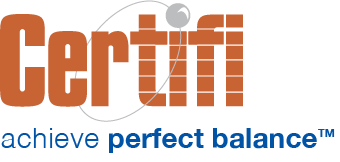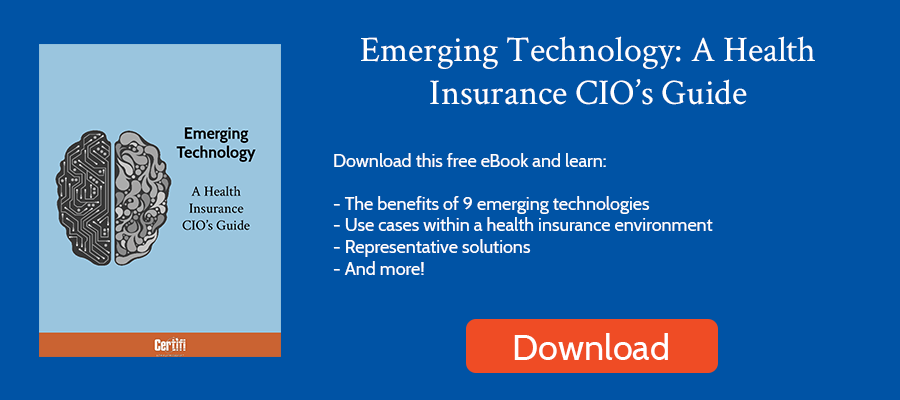Shortly after becoming CEO, Satya Nadella undertook a major restructuring at Microsoft. The goal was to remove the product silos that made it difficult for Microsoft to innovate and replace them with shared company goals and a flatter organization, which he dubbed One Microsoft. By bringing teams together around shared goals and focusing on the customer experience instead of trying to tie customers into the Microsoft ecosystem, Nadella hoped to return Microsoft’s innovative past.
Since then, Microsoft has undertaken several other reorganizations. Recently, the company moved its data, AI, and mixed-reality teams into the Industries and Business Applications unit. The goal: to deliver better solutions to customers.
Has it worked? When Nadella took over in 2013, Microsoft was a $78 billion company. Today it generates nearly $150 billion in revenue annually and continues to grow.
Your organizational chart can significantly impact your culture and your business results. Many health insurers have begun integrating AI into their organizations but struggle with organizing their teams to exploit those new resources. Here’s a look at five ways health insurers can embed AI in an organizational chart.
Embedded In Each Department
What It Means
In this AI model, you sprinkle AI team members throughout your organization by embedding them in different departments. For example, your member services team may have an AI developer and a data scientist who work specifically in that department to develop solutions that leverage AI and machine learning. This structure can work well in organizations that have made a significant AI investment and have a limitless number of projects within a department they’d like to complete.
Pros
- Your AI team builds deep domain expertise. By embedding your AI team in a department, they’ll gain deeper exposure to the team and potentially ideate and create solutions that use machine learning faster.
- With AI embedded in a department, the department will more readily understand AI and look for novel ways to leverage AI to solve team problems. As a result, you may find that instead of a top-down approach to AI, you’ll get more of a bottom-up approach. That approach may lead to you solving problems for the team that may not have had visibility in the C-suite.
Cons
- It can lead to siloed AI teams and less coordination throughout the organization. Without horizontal collaboration across departments (see the matrixed option), you may find siloed AI efforts, create duplicative models or pursue less strategic projects.
Who It’s Good For
Likely a good solution for very large health insurers with mature AI teams who want to drive AI deeper into the organization.
In IT
What It Means
Traditionally, AI identifies as an IT function. So for many businesses, the first instinct is to have their AI team report to the IT organization. As with any IT project, departments request AI resources from the IT department on a project basis.
Pros
- AI solutions rely on other IT resources, database engineers, UX, infrastructure teams, etc. So there’s a symbiotic relationship that can make embedding your AI resources in IT a good fit.
Cons
- Little visibility of the impact AI can have within the organization. As a result, business units may be less likely to source AI projects.
Who It’s Good For
Organizations initiating AI can likely leverage this structure initially to complete AI projects and then transition to other models as they mature.
As a Separate Department
What It Means
Some organizations leverage a structure where their AI resources are on an AI team. This centralized approach means the AI team leads AI efforts for the entire organization.
Pros
- With the AI team setting priorities and divvying up resources themselves, it becomes easier to allocate what are likely limited resources. Plus, those resources are tightly aligned and more likely to work collaboratively.
Cons
- In larger, more mature organizations with a lot of demand for AI solutions, scaling the team to meet demand may be difficult.
Who It’s Good For
Organizations that are just starting their AI journey. They’ll likely want to move to a different structure as they mature.
A Hybrid
What It Means
Whatever you want it to mean. Essentially, you can have a centralized AI team and as you grow, embed some of your AI resources in the neediest or most mature departments. Or, you could keep some AI resources on your IT team and embed others in other departments.
Pros
- You can design your organizational chart to the unique needs of your organization.
Cons
- It’s neither truly centralized nor decentralized, which may be hard to manage.
Who It’s Good For
Organizations with unique requirements or those transitioning from one organizational structure or another as they grow and mature.
Matrixed
What It Means
Think of matrixed as a combination of an embedded and separate department. In a matrixed organization, businesses embed AI resources in specific departments. For a payer, those resources may be embedded in member services, finance, or the claims processing group. As a result, AI resources may report to those individual team leaders. But they also maintain ties to an AI team that meets regularly, shares ideas, and communicates their specific projects to each other to share knowledge.
Pros
- AI teams gain department-specific knowledge and experience while still connecting with their AI peers. This leads to a more versatile team.
Cons
- A large, heavily matrixed organization may find it hard to manage the multiple reporting arrangements a matrixed organization creates.
Who It’s Good For
Best for large organizations with relatively mature AI teams.
Certifi’s health insurance premium billing and payment solutions help healthcare payers improve member satisfaction while reducing administrative costs.



